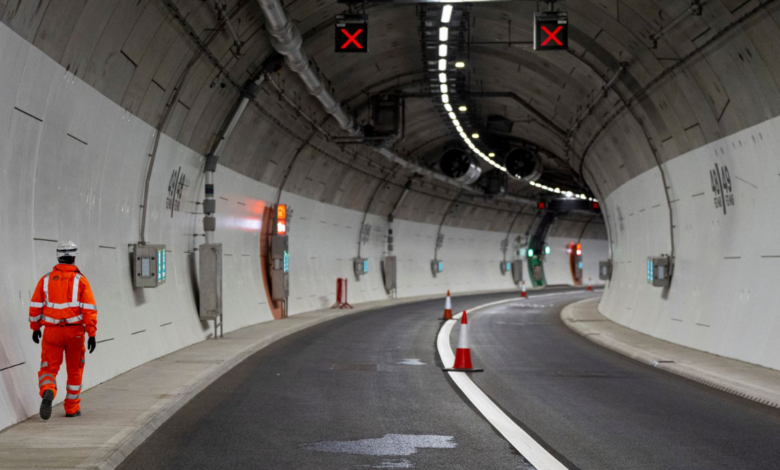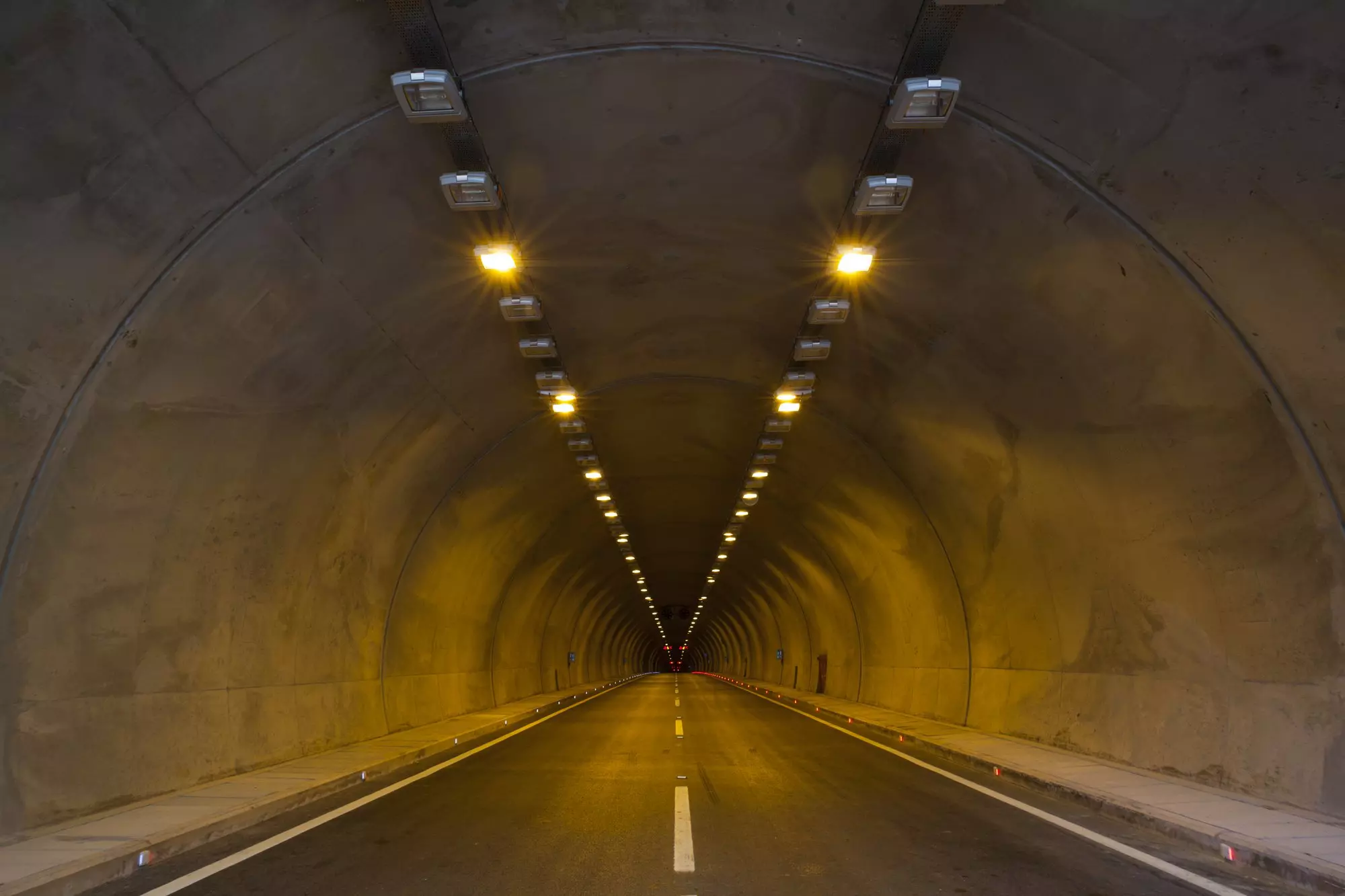Blackwall Tunnel Charge: Everything You Need to Know

Learn everything about the upcoming Blackwall Tunnel charge—why it’s being introduced, how much it could cost, who will be affected, and how to prepare for this key change in London travel.
What Is the Blackwall Tunnel Charge?
The Blackwall Tunnel is one of London’s most well-known river crossings, connecting the north and south banks of the River Thames. Historically, it’s been free to use, but growing congestion, pollution concerns, and transport funding gaps have led to the introduction of a proposed Blackwall Tunnel charge. So, what exactly is it, and what does it mean for regular drivers?
At its core, the Blackwall Tunnel charge is a fee motorists might need to pay to use this key route. Though it hasn’t always been in place, talks and plans surrounding a potential charge have ramped up, especially in connection with the Silvertown Tunnel project. The reasoning behind it stems from trying to manage demand, reduce traffic jams, and help cover the costs of constructing new crossings across the Thames.
The History Behind the Blackwall Tunnel
The Blackwall Tunnel isn’t new. In fact, it’s been a part of London’s transport infrastructure for over a century. The first tunnel opened in 1897, and a second bore followed in the 1960s to accommodate the surge in car ownership. It was initially built to ease congestion in East London and connect key commercial and residential zones.
As traffic increased over the decades, so did the strain on the tunnel. Despite various improvements and refurbishments, it remains one of the most heavily used river crossings. The idea of introducing a Blackwall Tunnel charge isn’t just about making money—it’s about ensuring the sustainability of one of London’s busiest routes.
With infrastructure aging and the city’s transport needs evolving, many experts argue that a charge could help fund necessary upgrades while deterring unnecessary use. That way, it becomes a more efficient route for those who genuinely need it.
Why Is a Charge Being Introduced?
There’s a mix of reasons for introducing a Blackwall Tunnel charge, but they mostly revolve around funding, efficiency, and environmental goals. London has been struggling with traffic congestion and poor air quality, and tunnels like Blackwall play a huge role in this.
The planned opening of the Silvertown Tunnel has pushed the discussion further. Since this new tunnel will have a charge to help recover construction costs and manage demand, fairness dictates that the Blackwall Tunnel also be charged. Otherwise, everyone would simply avoid the paid route and flock to the free one.
Transport for London (TfL) argues that charging both tunnels ensures a balanced traffic flow. More importantly, it could reduce emissions, as fewer people would make unnecessary car trips. Encouraging people to take public transport, carpool, or use alternative routes is part of a wider sustainability strategy.
When Will the Blackwall Tunnel Charge Start?
As of now, there is no official date for when the Blackwall Tunnel charge will be implemented, but it’s expected to coincide with the opening of the Silvertown Tunnel. This is scheduled for completion around 2025 or early 2026, though delays can happen.
TfL has made it clear that they want both tunnels to be treated equally in terms of charges. The plan is for a single payment system to be introduced that allows drivers to use either tunnel for the same price, rather than paying for both individually.
While this sounds fair, it also means commuters and regular users should begin preparing. Whether it’s budgeting for the new cost or exploring public transport alternatives, being proactive is key. It may also be wise to keep an eye on local announcements and TfL updates.
How Much Will the Charge Be?
Though exact figures haven’t been confirmed, estimates suggest the Blackwall Tunnel charge could be in line with the Congestion Charge or ULEZ fees. That means drivers might expect to pay somewhere between £1.50 and £5 per journey, depending on the vehicle type.
Private vehicles, commercial vans, and lorries may all be charged differently. Electric vehicles might be offered discounts or exemptions to support London’s environmental targets. Like with other TfL fees, there may be options for daily caps or monthly passes.
The important thing is that the charge will likely be unavoidable for most users. Motorists relying on the tunnel daily should account for this in their travel costs. Fleet managers, logistics companies, and rideshare drivers will need to update their expense models.
Who Will Be Affected by the Blackwall Tunnel Charge?
The charge will affect a wide range of people, particularly those who rely on the tunnel for commuting or deliveries. This includes:
- Daily commuters from Kent, Essex, and South East London
- Delivery and logistics companies
- Ride-hailing and taxi services
- Tourists and occasional drivers
Residents near the tunnel may also feel the impact. There might be a shift in traffic to surrounding routes as people try to avoid paying, increasing congestion in neighboring areas. For this reason, city planners are also working on strategies to limit this spillover.
Public transport users and cyclists, on the other hand, may benefit. Less car traffic could mean more efficient bus journeys and a safer environment for pedestrians and cyclists.
Alternatives to Using the Blackwall Tunnel
If you’re not keen on paying the Blackwall Tunnel charge, there are several alternatives, though each comes with its own pros and cons.
First up is the Dartford Crossing, though that itself has a toll. Then there’s the Rotherhithe Tunnel or Tower Bridge, but these can be just as congested, and often not suitable for larger vehicles. Public transport options like the DLR, Jubilee Line, or London Overground can be viable, depending on your start and end points.
Cycling and walking across the Thames is also growing in popularity, thanks to new infrastructure projects. River buses and ferries offer a scenic but slightly pricier option. Ultimately, it comes down to weighing convenience, cost, and time.
Impact on Local Businesses
Local businesses around East London could experience a shift when the Blackwall Tunnel charge is enforced. Delivery times might change, and costs could go up. But this also opens the door to innovation—businesses might invest in electric fleets or collaborate on shared logistics.
Some shops and services might see fewer customers from the other side of the river, while others could benefit from less traffic congestion. For instance, cafes and restaurants might become more attractive to walkers and cyclists.
The government is expected to introduce some support measures to help small businesses adjust. Grants, tax credits, or reduced rates for essential services are all possibilities being discussed.
Environmental Benefits of the Blackwall Tunnel Charge
While it might feel like just another expense, the Blackwall Tunnel charge has some real environmental potential. London has struggled for years with air pollution and CO2 emissions, especially in high-traffic zones. Charging drivers to use key routes is one way to reduce that.
It encourages fewer trips, pushes people toward public transport, and discourages high-emission vehicles. Over time, this can lead to cleaner air, less noise pollution, and a more pleasant urban environment.
If the funds raised go back into sustainable infrastructure—like bike lanes, green buses, and low-emission zones—the charge could end up being a positive long-term investment for the city.
How to Prepare for the Blackwall Tunnel Charge

Now’s the time to prepare, even if the charge hasn’t been rolled out yet. Start by evaluating how often you use the tunnel and why. If it’s daily, think about whether public transport could be a viable alternative.
For business owners, consider reviewing your delivery routes and vehicle types. Upgrading to electric or hybrid vehicles could save you money in the long run. And if you manage a team, now might be the time to encourage ride-sharing or flexible hours to avoid peak times.
There will likely be a grace period or a rollout strategy to ease people into the change. Make sure you’re signed up for TfL updates, and don’t get caught out by surprise fees.
Common Misconceptions About the Charge
Some people believe the Blackwall Tunnel charge is already in place. As of now, that’s not true—it’s still free to use. Another myth is that the charge will apply 24/7. While details are still emerging, it’s possible there will be peak and off-peak pricing, or daily caps.
Others think the charge is simply a “money grab.” In reality, it ties directly into transport funding, emissions goals, and managing demand. Similar charges have worked in cities around the world to improve infrastructure and reduce congestion.
Understanding the real reasons behind the fee can help drivers adjust their mindset and plan accordingly. It’s not just about what you pay—it’s about how you travel and the long-term benefits for the city.
Table: Blackwall Tunnel Charge At a Glance
| Category | Details |
|---|---|
| Status | Not yet implemented |
| Linked to | Silvertown Tunnel opening |
| Expected Start | 2025 or 2026 (TBC) |
| Estimated Cost | £1.50 – £5 per trip (TBC) |
| Affects | Private drivers, commercial users, local businesses |
| Exemptions | Possible for electric vehicles, local residents (TBD) |
| Reason | Reduce congestion, fund infrastructure, cut emissions |
“Every time you drive through the Blackwall Tunnel, think of the cost to the environment as well as your wallet.”
FAQs About the Blackwall Tunnel Charge
Will the Blackwall Tunnel be free to use?
No, the plan is to introduce a charge when the Silvertown Tunnel opens. It will no longer be free.
When exactly will the Blackwall Tunnel charge begin?
No confirmed date yet, but it’s expected alongside the Silvertown Tunnel opening, around 2025 or 2026.
Will local residents be exempt from the charge?
Exemptions or discounts for residents may be introduced, but nothing is finalized yet.
Is this related to the Congestion Charge or ULEZ?
No, it’s a separate fee, though the goals are similar. It may work alongside those charges.
How will the charge be collected?
Likely via automatic number plate recognition (ANPR), similar to how the Dartford Crossing works.
Can I pay once and use both tunnels?
Yes, the plan is to have a unified system so one charge covers both the Blackwall and Silvertown tunnels.
Will public transport be improved as part of this?
TfL plans to reinvest some of the revenue into improving public transport options in East London.
Will the Blackwall Tunnel charge apply on weekends?
Exact hours and days are still to be confirmed, but it could be in effect daily.
Conclusion
The Blackwall Tunnel charge might feel like a big change, but it’s part of a bigger vision for a cleaner, more efficient London. It aims to reduce traffic, support public transport, and make East London more livable for everyone. While the details are still emerging, the key takeaway is this: change is coming, and being prepared can make all the difference. Whether you’re a daily driver, a business owner, or just curious, understanding the ins and outs of the charge will help you make informed decisions moving forward.





